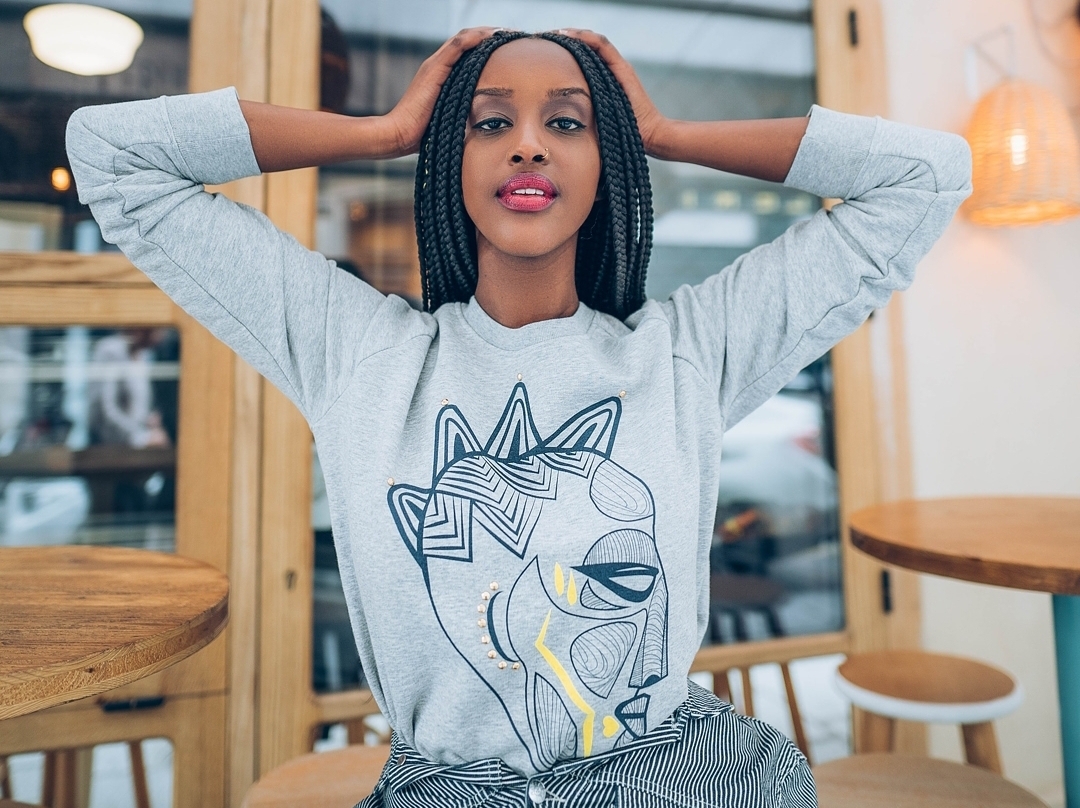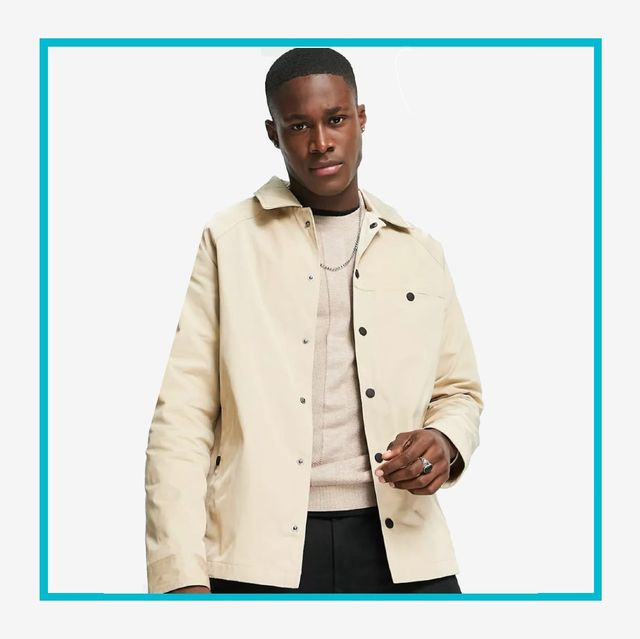Branded Clothing Essentials: Understanding the Fabric Behind the Fashion
Branded Clothing Essentials: Understanding the Fabric Behind the Fashion
Blog Article
The Importance of Lasting Clothing: Exactly How It Influences the Environment and Your Storage room
Lasting clothes is significantly acknowledged for its vital duty in decreasing the environmental effect of the quick apparel industry. By concentrating on environmentally friendly products and honest production methods, it attends to pressing environmental worries. This change not only benefits the world yet additionally affects customer choices, leading to an extra thoughtful method to wardrobe management. Understanding these dynamics increases vital inquiries regarding style's future and individual responsibility in shaping it.
The Ecological Impact of Fast Style

Benefits of Sustainable Materials
Lasting materials offer substantial benefits, specifically with green fabric choices that minimize ecological injury. These products likewise show durability and longevity, decreasing the demand for regular substitutes. As a result, they add to a more sustainable fashion market and advertise liable customer behavior.
Eco-Friendly Textile Choices
While the garment industry has long been related to fast fads and environmental damage, the rise of environment-friendly fabric selections provides a transformative possibility. Lasting materials such as natural cotton, hemp, and Tencel have actually obtained popularity due to their reduced environmental effect. These fabrics are frequently created without dangerous pesticides and call for much less water, reducing their carbon impact - Branded Clothing. In addition, many green fabrics are biodegradable, adding to a round economy by lessening waste. Choosing lasting products not just supports eco liable techniques yet also advertises much healthier ecological communities. As customers end up being much more familiar with their purchasing power, the need for eco-friendly fabrics motivates brand names to innovate and take on more sustainable production approaches, inevitably benefiting the world and future generations
Longevity and Long Life Benefits
Numerous customers are increasingly acknowledging the toughness and durability advantages of lasting materials in their clothes choices. Unlike traditional textiles, sustainable products such as natural cotton, hemp, and recycled polyester are crafted to withstand wear and tear, leading to garments that last much longer. This reduced regularity of substitute not only saves consumers cash with time yet likewise decreases waste produced by quick style. Furthermore, lasting garments commonly uses green manufacturing methods that improve textile stamina, adding to a decrease in the total carbon impact. By buying long lasting clothes, consumers can grow an extra lasting wardrobe while taking pleasure in premium pieces that maintain their aesthetic and performance in time. Subsequently, resilience and durability stand as crucial benefits of choosing lasting materials.
Decreasing Waste Through Sustainable Practices
Reducing waste in the fashion business can be attained through cutting-edge techniques such as upcycling and repurposing products. Additionally, taking on minimal wardrobe approaches motivates consumers to prioritize top quality over amount, ultimately decreasing clothing usage. With each other, these strategies add considerably to a much more lasting apparel model.
Upcycling and Repurposing Materials
Upcycling and repurposing products have become innovative methods in the fashion business, changing discarded fabrics right into valuable new items. This technique not just decreases waste yet likewise urges imagination and individuality in garments layout. By taking old garments and products, designers can produce unique pieces that reflect personal design while decreasing the demand for new resources. In addition, upcycling usually calls for much less power and water compared to traditional production processes, considerably lowering the environmental impact of fashion. As consumers become a lot more knowledgeable about sustainability, the appeal of upcycled clothes proceeds to increase, promoting a circular economy. Eventually, these practices add to a more lasting future, where style prioritizes ecological wellness over quick manufacturing and intake.

Minimal Closet Techniques
As people increasingly look for to minimize their ecological impact, adopting minimal wardrobe techniques has actually gained traction as a reliable approach to sustainable fashion. These methods highlight top quality over quantity, motivating consumers to curate a smaller collection of functional, resilient apparel. By concentrating on ageless items that can be blended and matched, individuals can reduce the regularity of purchases and eventually lower waste.Additionally, minimalism advertises mindful usage, advising consumers to review the ethical and environmental ramifications of their choices. This technique not just cultivates a more sustainable way of life however likewise streamlines everyday decision-making relating to clothing. As individuals accept minimalist principles, they add to a fashion culture that values sustainability and liable consumerism, eventually leading to a more eco-conscious culture.
The Duty of Honest Labor in Lasting Fashion
While numerous consumers are progressively familiar with the environmental repercussions of their clothes selections, the significance of moral labor techniques in sustainable fashion can not be ignored. Moral labor includes reasonable incomes, secure working conditions, and respect for employees' legal rights, creating the backbone of liable fashion production. Brand names that prioritize moral labor not only boost communities but additionally set a requirement for accountability in the industry.Moreover, the integration of honest methods fosters openness, enabling consumers to make educated options concerning their acquisitions. This practice contrasts dramatically with quick style's unscrupulous labor versions, which frequently prioritize profit over people. By sustaining companies committed to honest labor, customers add to a system that values human dignity together with environmental sustainability. Consequently, ethical labor is not merely an add-on; it is essential to the more comprehensive goal of lasting style, making certain that the pursuit for eco-friendliness does not come with the cost of human legal rights.
The Impact of Lasting Apparel on Carbon Emissions
Sustainable garments has the possible to greatly lower carbon exhausts related to the garment industry. Traditional garment production adds notably view publisher site to greenhouse gas discharges, primarily due to energy-intensive manufacturing procedures and using non-renewable sources. In contrast, sustainable fashion concentrates on eco-friendly products, such as natural cotton or recycled fibers, which often need less power to produce.Moreover, lasting brand names often tend to embrace extra effective production practices, reducing waste and lowering general exhausts. By focusing on sturdiness and classic design, sustainable clothing urges consumers to buy less frequently, further reducing the carbon footprint connected with overconsumption.Additionally, numerous lasting brand names are dedicated to openness in their supply chains, enabling consumers to make enlightened selections that align with their values. Eventually, moving in the direction of sustainable clothes can bring about a substantial reduction in carbon discharges, adding to a much healthier earth and a more lasting future for the fashion business.
Sustaining Neighborhood Economic Climates With Sustainable Selections
The shift toward sustainable clothes not just addresses environmental worries however likewise considerably advantages local economies. By picking lasting fashion, consumers usually support regional craftsmens and local business, improving area durability. These ventures typically run on a smaller sized range, focusing on craftsmanship and honest techniques over mass production.Investing in locally made sustainable garments cultivates job creation and stimulates economic growth within neighborhoods. As customers end up being a lot more familiar with the ecological impact of their acquisitions, they increasingly look for items that show their worths. This demand urges regional producers to adopt sustainable methods, adding to a round economy.Moreover, sustaining regional organizations lowers transportation emissions, lining up with eco-conscious customer habits. The interconnectedness of lasting apparel and local economic situations emphasizes the vital duty that specific options play in promoting both financial and ecological wellness. By promoting these regional connections, communities can grow while likewise working towards an extra lasting future.
Transforming Your Wardrobe: Tips for a Lasting Wardrobe
As individuals seek to minimize their environmental effect, transforming a wardrobe into a sustainable wardrobe comes to be an essential action. One effective approach is to examine existing apparel, maintaining just things that are worn consistently and that align with sustainability goals. Prioritizing quality over amount is essential; purchasing sturdy items from environment-friendly brands can considerably reduce waste.Additionally, incorporating second-hand items can take a page breath new life right into a closet while decreasing environmental damages. Organizing garments swaps with pals or giving away extra items can better promote sustainability.When shopping, individuals must look for materials that are organic, recycled, or eco-friendly, and avoid fast fashion sellers - Branded Clothing. Lastly, exercising mindful consumption by attentively considering each acquisition can add to a more sustainable lifestyle. By carrying out these pointers, one can develop a closet that mirrors personal design while sustaining environmental stewardship
Regularly Asked Concerns
Exactly How Can I Identify Lasting Garments Brands?
To identify sustainable clothes brand names, one need to look into materials utilized, look for certifications like Fair Trade, and check out the brand name's openness regarding their production processes, labor techniques, and environmental influence, making sure environment-friendly and moral techniques are focused on.
What Are the Costs Related To Sustainable Style?
The expenses related to lasting style can differ considerably. Higher production expenditures, honest sourcing, and environment-friendly materials frequently bring about raised market prices, which might hinder some customers while appealing to ecologically mindful shoppers.
Can Sustainable Apparel Be Stylish and trendy?
Sustainable clothing can certainly be stylish and trendy. Developers progressively focus on cutting-edge materials and moral production techniques, verifying that fashion and sustainability can exist together. Customers currently have varied choices that blend aesthetics with environmental awareness.
Just How Does Washing Clothing Affect Their Sustainability?
Cleaning clothing significantly impacts sustainability by consuming water and power, adding to air pollution, and causing microplastic release. Regular washing can deteriorate materials, reducing their life expectancy and boosting the demand for substitutes, inevitably worsening environmental issues.
What Is the Lifespan of Lasting Clothes Compared to Quick Style?
The lifespan of lasting clothing normally exceeds that of quick style products, typically enduring several years as a result of quality products and craftsmanship. In contrast, quick style garments might degrade rapidly, demanding even more frequent replacements. Sustainable clothing is significantly recognized for its crucial duty in minimizing the environmental impact of the quick fashion industry. While lots of consumers are increasingly mindful of the ecological consequences of their apparel options, the relevance of moral labor practices in lasting fashion can not be ignored. Branded Clothing. Lasting clothes has the potential to substantially reduce carbon exhausts associated with the style sector. In comparison, sustainable fashion focuses on green products, such as natural cotton or recycled fibers, which typically require less power to produce.Moreover, lasting brand names have a tendency to take on a Your Domain Name lot more effective manufacturing practices, decreasing waste and reducing general emissions. By focusing on toughness and timeless layout, lasting garments encourages consumers to acquire much less regularly, additional decreasing the carbon impact linked with overconsumption.Additionally, lots of sustainable brand names are committed to openness in their supply chains, allowing consumers to make informed selections that straighten with their values
Report this page